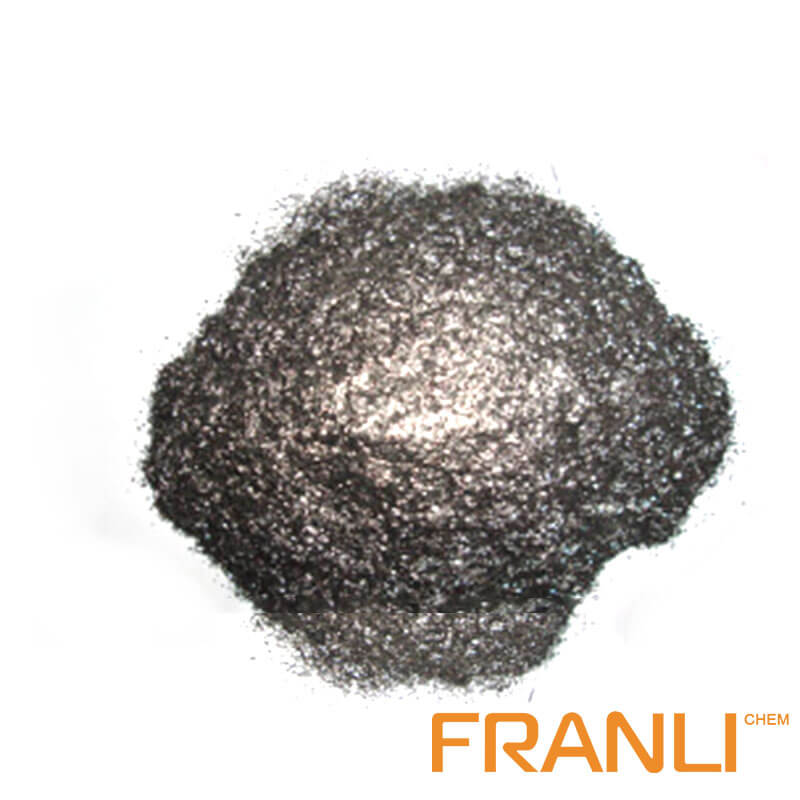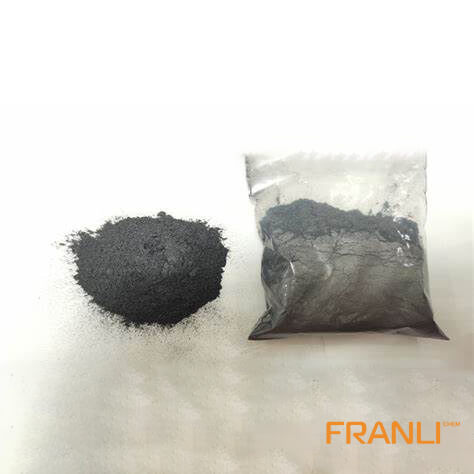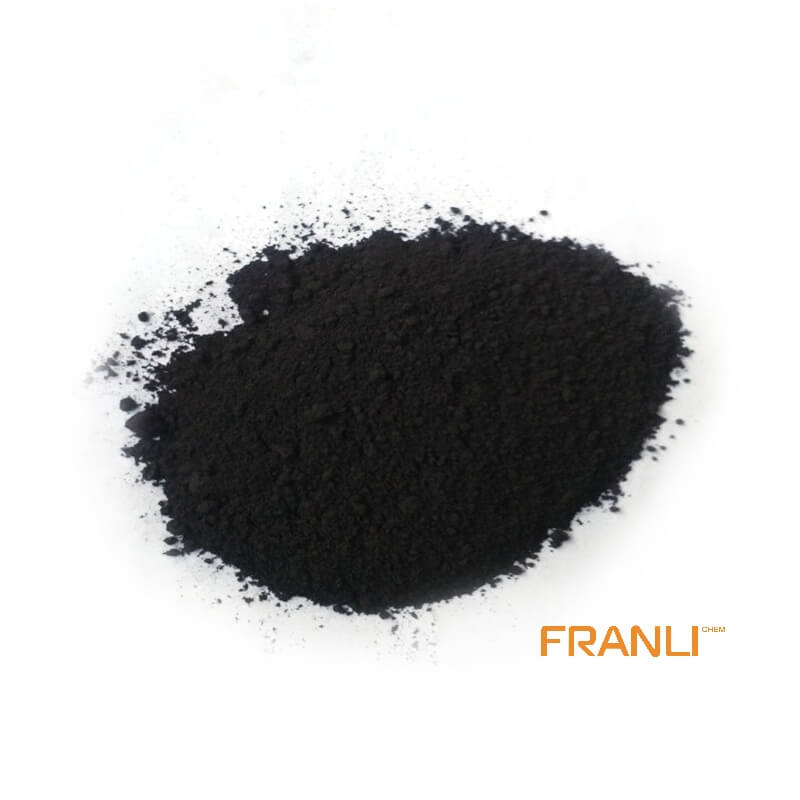


Flake Graphite
Size
0.01mm
Carbon Content
99%min
Package
25kg small bags into ton bags
Origin
China
Features
thermal shock resistance, lubricity, conductivity and plasticity…
Application
Lead battery plates positive and negative conductive agent, lithium batteries nickel hydrogen etc
Natural flake graphite has superior physical and chemical properties and is widely used in metallurgy, coatings and refractory industries. It is an important non-metallic raw material that is indispensable for today’s high-tech. Flake graphite is divided into large flake graphite and fine flake graphite according to the size of its scales. Usually, large flakes refer to +32 mesh, +50 mesh, +80 mesh, and +100 mesh flake graphite.
Request a quoteThe conductivity of flake graphite has long been applied in the industry, and there are carbon anode materials in the anode material industry that play an oxidizing role in batteries. The lubrication performance is also relatively good, the larger the scale, the smaller the coefficient of friction. Flake graphite is a super material in the chemical industry, its chemical stability is very prominent, it is acid-resistant, alkali-resistant, corrosion-resistant, and has a special status in the chemical industry.
Flake graphite conduction principle
Conductive graphite using natural flake graphite as raw material, after purification treatment, the carbon content of flake graphite is increased to more than 99%, and then according to the requirements of conductive materials for particles, the high-purity flake graphite can be crushed and processed, you can make various specifications of conductive graphite, the carbon content of conductive graphite is generally above 99%, the higher the carbon content, the better the conductivity.
Selection of flake graphite anode materials
The key to the success of lithium-ion batteries lies in the preparation of high-quality flake graphite anode materials. In general, the selection of a good anode material should follow the following principles: higher specific energy; Low electrode potential relative to lithium electrodes; Good reversibility of charge and discharge reaction; Good compatibility with electrolytes and binders; Small specific surface area (<10m2/g), high true density (>2.0g/cm3); Good dimensional and mechanical stability in the process of lithium inlay; Abundant resources and low price; Stable in the air and free of toxic side effects.
Flake graphite mainly affects the first efficiency and cycle performance of lithium batteries, and the performance of flake graphite also directly affects the performance of lithium batteries, and the anode material accounts for about 5 to 15% of the total cost of lithium batteries. From the perspective of the performance, fineness, ash, humidity and other aspects of flake graphite, lithium-ion batteries will show diversity of characteristics in the future.
At present, the anode materials that have been actually used for lithium-ion batteries are generally carbon materials, such as flake graphite, artificial graphite and so on. Anode materials being explored include nitrides, PAS, tin-based oxides, tin alloys, nano-anode materials, and other intermetallic compounds.

The potential capacity of scaly graphite
The melting point of flake graphite is extremely high, and it gradually becomes soft when the vacuum pump is placed at 3000 ° C, and the graphite gradually volatilizes and improves at 3600 ° C, and the compressive strength of the general raw materials slowly reduced at a sustained high temperature, while the flake graphite is heated to 2000 ° C, and the poor oxidation resistance is accompanied by the increase of the temperature The oxidation rate is slowly increased.
Flake graphite has organic chemical reliability, acid resistance, alkali resistance, and resistance to erosion of organic solutions. Because graphite has the above unique high-quality performance, the main use in the production of the modern chemical industry is becoming increasingly common.
(1) As a refractory insulation material: flake graphite and products have the characteristics of heat resistance and high toughness, which are mainly used in the metallurgical industry to produce graphite clamp pots, and common graphite in ironmaking as a protective film for cast steel parts, and lining of metallurgical industrial furnaces.
(2) As a conductive raw material: in the industrial production of electrical equipment, as the production and manufacture of electric grades, brushes, carbon rods, carbon tubes, liquid mercury positive flow device positive grade, graphite seals, telephone parts, TV picture tube plating and so on.
The Franli plant mainly produces flake graphite, which has a unique high-stability structure and excellent long-cycle performance, which is particularly suitable for use as a negative electrode material for lithium-ion power batteries, energy storage batteries, and consumer batteries. Flake graphite in the field of industrial conductive production, can improve the conductivity of the product and can play a good role in conductivity, and uniform conductivity.



